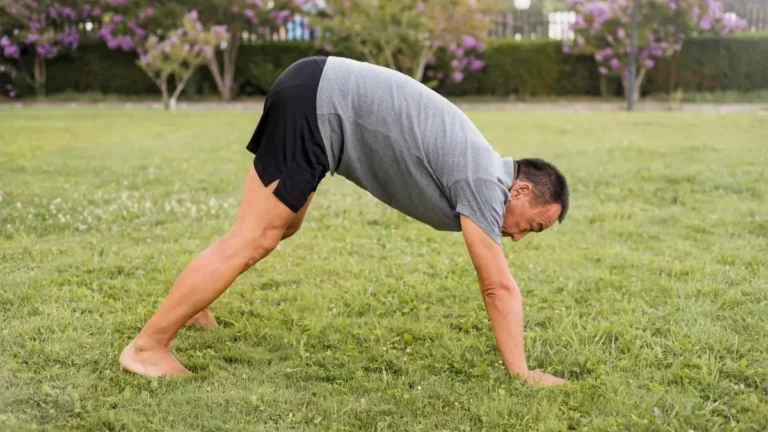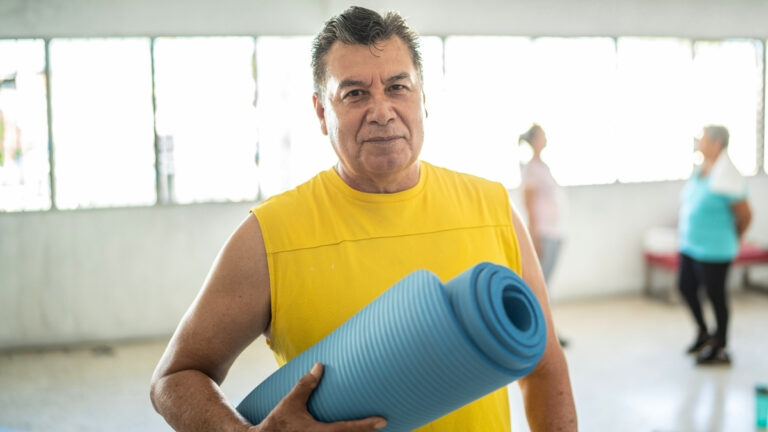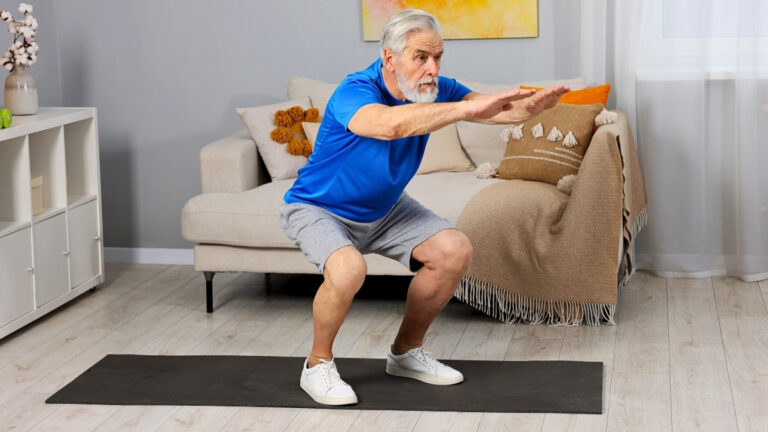I Regret These Exercises’—Fitness Guru Exposes Workouts Destroying Your Joints After 40.

Think your workout is helping you stay fit after 40? Think again. Some of the most common exercises—ones you might be doing right now—are secretly accelerating joint damage, leaving you with pain, stiffness, and long-term regrets. A top fitness expert reveals the shocking truth about these ‘innocent’ moves that could be wrecking your knees, shoulders, and spine without you even realizing it.
If you’ve ever wondered why your joints ache more after exercise or why injuries keep creeping in, this is your wake-up call. We’re exposing the 11 worst offenders—exercises that promise strength but deliver wear and tear. Ditch the dangerous routines before it’s too late, and discover safer, smarter alternatives that keep you strong without sacrificing your mobility. Your future self will thank you.
1. Behind-the-Neck Lat Pulldowns: A Shoulder Shredder in Disguise
This classic move might seem effective for lats, but it forces your shoulders into an unstable, externally rotated position. Over time, that awkward angle grinds down rotator cuff tendons, especially if mobility is limited.
Many trainers have abandoned it because impingement risks outweigh benefits. Safer alternatives like front pulldowns or neutral-grip rows build strength without wrecking joints. Once shoulder damage starts, it’s hard to reverse—better to skip this outdated exercise.
2. Deep Box Jumps: The Knee Cartilage Crusher
Explosive jumps onto high boxes look impressive, but landing deep in a squat strains knee cartilage. The impact multiplies when form falters, which it often does as fatigue sets in.
Repeated compression wears down menisci and can lead to early arthritis. Lower heights with controlled landings protect joints while maintaining power. Remember: athleticism shouldn’t come at the cost of long-term mobility.
3. Russian Twists with Weight: Spinal Erosion in Motion
Twisting under load is a recipe for disc degeneration. The lumbar spine isn’t designed for heavy rotation, especially while holding a plate or dumbbell.
Over time, this movement micro-tears spinal fibers, increasing herniation risks. Core stability work like planks or Pallof presses strengthens without twisting your spine into early retirement.
4. Upright Rows: The Impingement Trap
Lifting the elbows above shoulder level—especially with a narrow grip—jams the rotator cuff against the acromion. This pinch can inflame tendons and eventually cause tears.

Many physiotherapists warn against upright rows for this reason. Lateral raises or face pulls hit similar muscles without the shoulder-wrecking mechanics.
5. Full-ROM Burpees: Joint Overload for Minimal Gain
Burpees combine high-impact jumps with floppy push-ups, stressing wrists, hips, and knees. The explosive landing phase sends shockwaves through joints, accelerating wear.

Scaling back to step-backs or slow-controlled reps reduces damage while keeping conditioning benefits.
6. Heavy Leg Extensions: Quad Growth at the Cost of ACL Health
Isolating quads on this machine creates unnatural shear force on the knee joint. The ACL bears the brunt, especially under heavy loads.
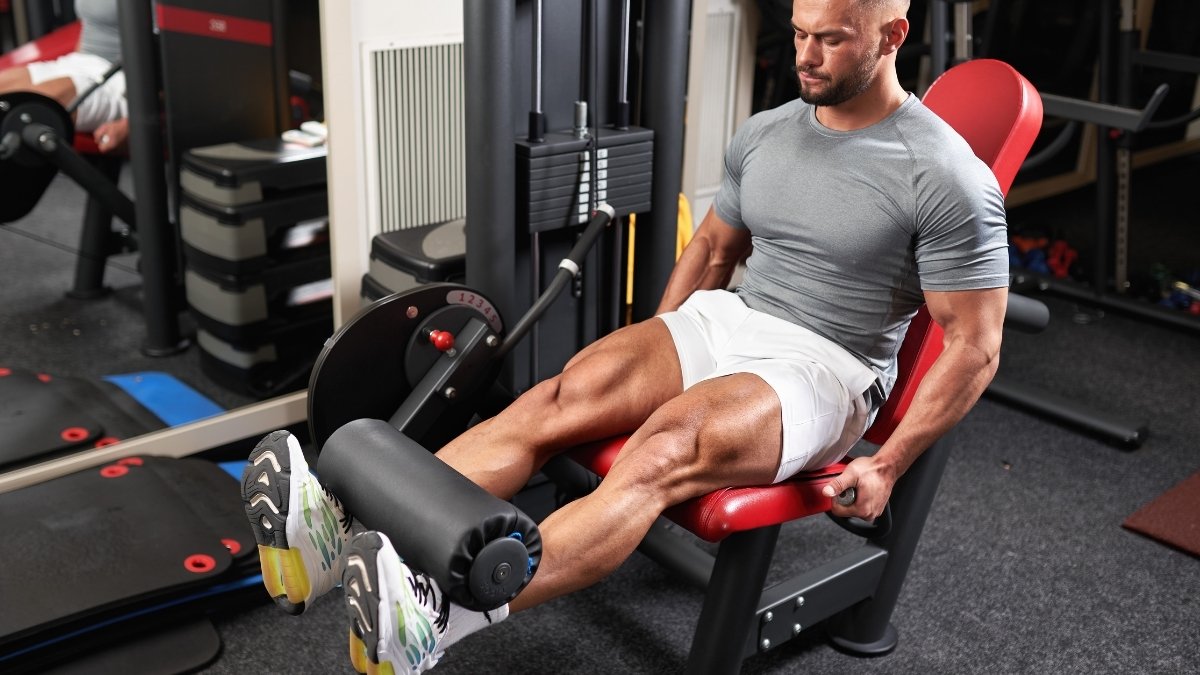
Overuse can destabilize ligaments, making them prone to injury. Squats and step-ups build quads more safely by engaging stabilizing muscles.
7. Toes-to-Bar: A Core Move That Wrecks the Lumbar Spine
Hanging from a bar and lifting your feet sounds tough, but it forces excessive spinal flexion under load. The lower back takes the strain, compressing discs and increasing herniation risk.

Over time, this movement pattern can lead to chronic stiffness and nerve irritation. Modified knee raises or dead bugs hit the abs just as hard without punishing your spine.
8. Kipping Pull-Ups: Momentum Over Muscle, Injury Over Progress
CrossFit popularized this explosive variation, but swinging your body to cheat reps destabilizes shoulders.

The sudden jerking motion strains rotator cuffs and elbow tendons. Strict pull-ups build real strength safely—slow and controlled beats fast and reckless when joint health matters.
9. Single-Leg Plyometrics on Hard Surfaces: The Fast Track to Arthritis
Jumping drills on concrete or hardwood amplify impact forces. Single-leg variations multiply the stress, wearing down knee and ankle cartilage faster than the body can repair.

Grass or padded surfaces reduce shock, but even then, moderation is key. Strength training often outlasts plyometrics for long-term joint preservation.
10. Barbell Overhead Press (Without Thoracic Mobility): The Spinal Compression Culprit
Pressing heavy weights overhead with poor mobility shifts strain to the lower back. The spine compensates by hyperextending, leading to disc compression and nagging pain.
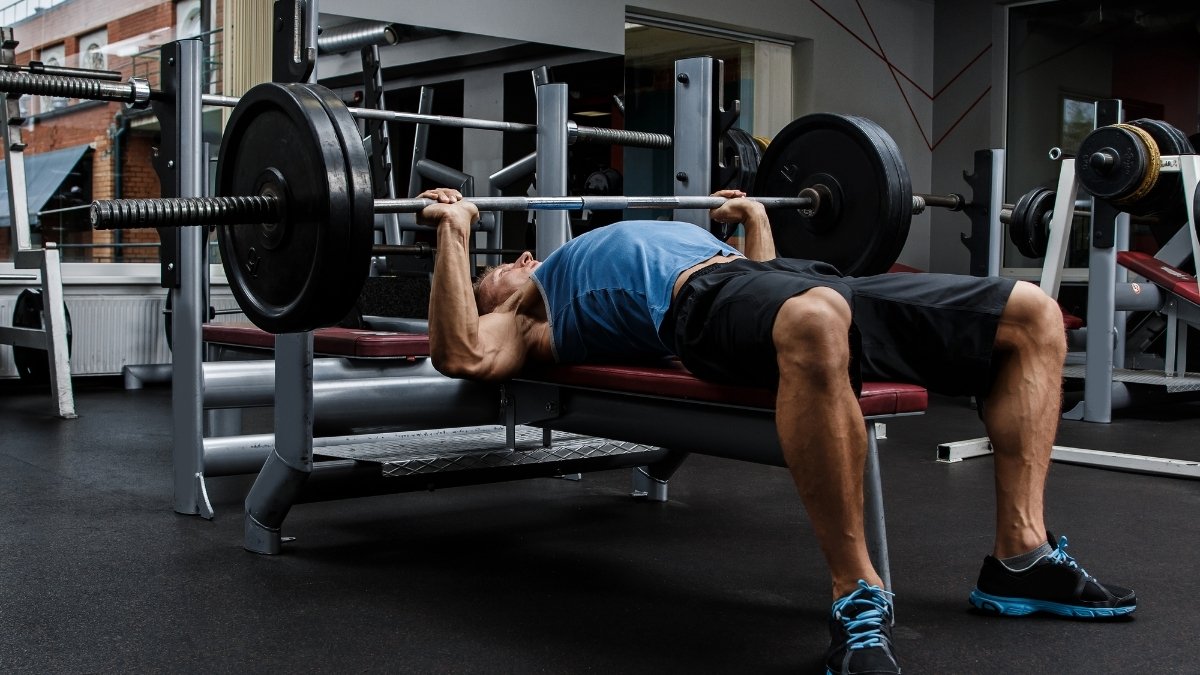
If your shoulders can’t rotate freely, landmine presses or dumbbells offer safer alternatives. Mobility work should come before max lifts.
11. Sit-Ups: The Outdated Ab Move That Fuels Disc Herniations
Repeated spinal flexion under bodyweight crushes lumbar discs, especially after 40. Even the military phased out sit-ups due to injury rates.

Planks, bird dogs, or anti-rotation exercises strengthen the core without wrecking your back. Some traditions deserve retirement.
Additional Tips:
- “Bouncing at the bottom of squats? That rebound momentum shreds knee cartilage faster than you think.”
- “Wide-grip bench presses might feel powerful, but they overstretch shoulders and invite chronic tendonitis.”
- “Running stairs two at a time? The exaggerated knee flexion grinds down patellar cartilage over time.”
- “Heavy farmer’s walks with poor grip? The spinal compression isn’t worth the forearm burn.”
- “Hyperextended push-ups? Locking elbows at the top strains joints more than it strengthens them.”
- “Dumbbell flyes with straight arms? That stretch doesn’t build pecs—it inflames rotator cuffs.”
- “Kettlebell swings with a rounded back? Say hello to premature disc degeneration.”
Final Thought:
After 40, your joints aren’t as forgiving—what once built strength can now accelerate wear and tear. The exercises you think are effective might secretly be sabotaging your mobility. Smarter swaps and proper form aren’t just tweaks; they’re necessities. Pain isn’t gain—it’s a warning. Protect your joints now, or regret it later. Fitness should last a lifetime, not cost you one.


